Safe Timing to Bathe Your Dog Before or After Deworming
Introduction
Bathing a dog too soon before or after deworming may impact medication absorption and skin integrity. Proper timing ensures that topical dewormers remain effective and that the dog’s skin health is maintained. This guide explains when to schedule baths around deworming treatments for optimal results.
1. Impact of Bathing on Deworming Efficacy
Topical Dewormers:
Products like selamectin (Revolution®) or moxidectin/imidacloprid (Advantage Multi®) rely on skin contact and absorption.
Frequent baths remove oils that help carry the medication across the skin barrier, reducing efficacy.
Oral Dewormers:
Bathing does not directly affect absorption but can stress the dog, leading to vomiting and potential underdosing.
2. Bathing Before Deworming
Recommended Window:
Bathe at least 48 hours before applying a topical dewormer.
Allows skin to restore natural oils, promoting better absorption.
Shampoo Selection:
Use gentle, pH-balanced, hypoallergenic canine shampoos.
Avoid medicated or anti-flea shampoos that leave residues and interfere with topical product binding.
Drying and Skin Health:
Ensure the dog is completely dry before dewormer application.
Moisture trapped under fur can dilute topical medication.
3. Bathing After Deworming
Topical Dewormers:
Wait 48–72 hours post-application before the next bath.
This window ensures maximum skin absorption and systemic distribution of the active compound.
Oral Dewormers:
Bathing can occur 24 hours after administration, provided no signs of vomiting or severe gastrointestinal upset.
If the dog vomits within 2 hours of dosing, consult your veterinarian about re-dosing before bathing.
4. Special Considerations for Skin Conditions
Sensitive or Allergic Skin:
Use oatmeal-based or ceramide-enriched shampoos to soothe and protect.
Follow veterinarian instructions if medicated shampoos (e.g., chlorhexidine) are prescribed; adjust deworming timing accordingly.
Frequent Bathers:
Dogs requiring weekly baths (e.g., service dogs, show dogs) may benefit more from oral dewormers to avoid repeated delays.
Combine with environmental parasite control to reduce reliance on topical products.
5. Practical Grooming Tips
Spot-On Application:
Apply at the base of the skull to minimize the dog’s ability to lick the site.
Part hair down to skin; do not rub. Let air-dry naturally.
Routine Maintenance:
Brush the dog’s coat 24 hours before dewormer application to remove loose fur and distribute natural oils.
Inspect skin for irritation or lesions; consult the vet if abnormalities are found before applying products.
Conclusion
For topical dewormers, schedule baths at least 48 hours before and 48–72 hours after application. Oral dewormers allow more flexibility, with bathing safe 24 hours post-treatment. Regular grooming and appropriate shampoo selection ensure your dog’s skin remains healthy and deworming remains effective.
Explore Dogs
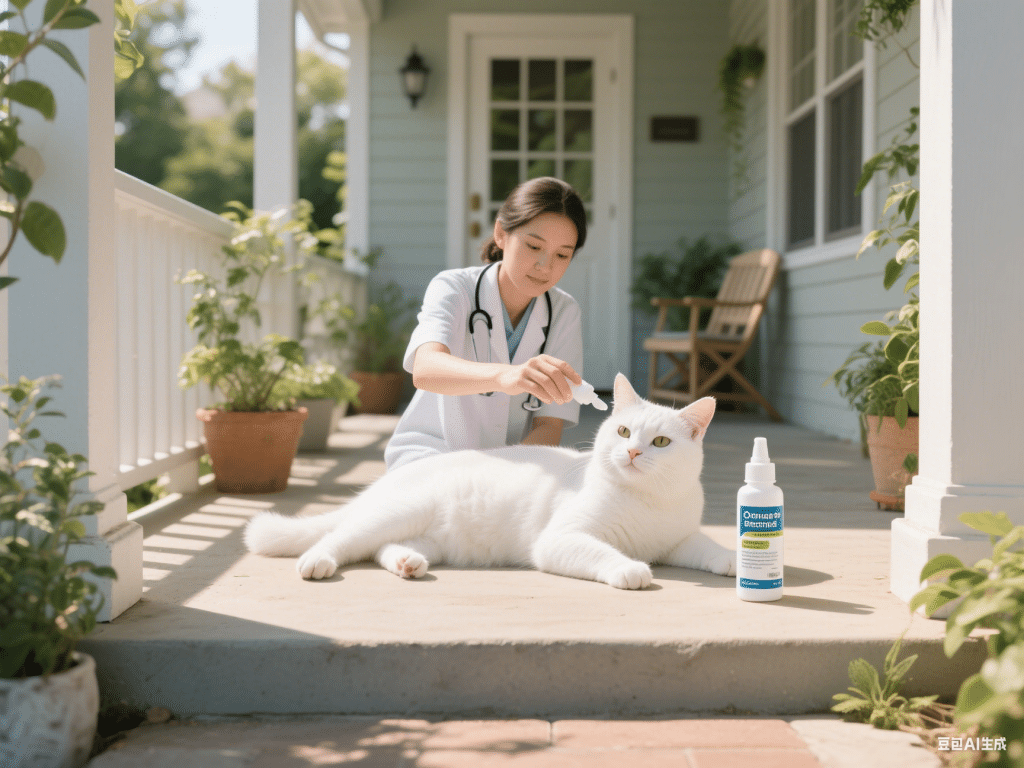
Seasonal Deworming Strategy for Cats: Summer Flea Risks
IntroductionSummer brings warmer temperatures and increased flea activity, heightening the risk of t...
Read More
Can Dogs Go Outside After Deworming? Recovery and Safety Tips
IntroductionMany pet owners wonder if it is safe for dogs to venture outside immediately after recei...
Read More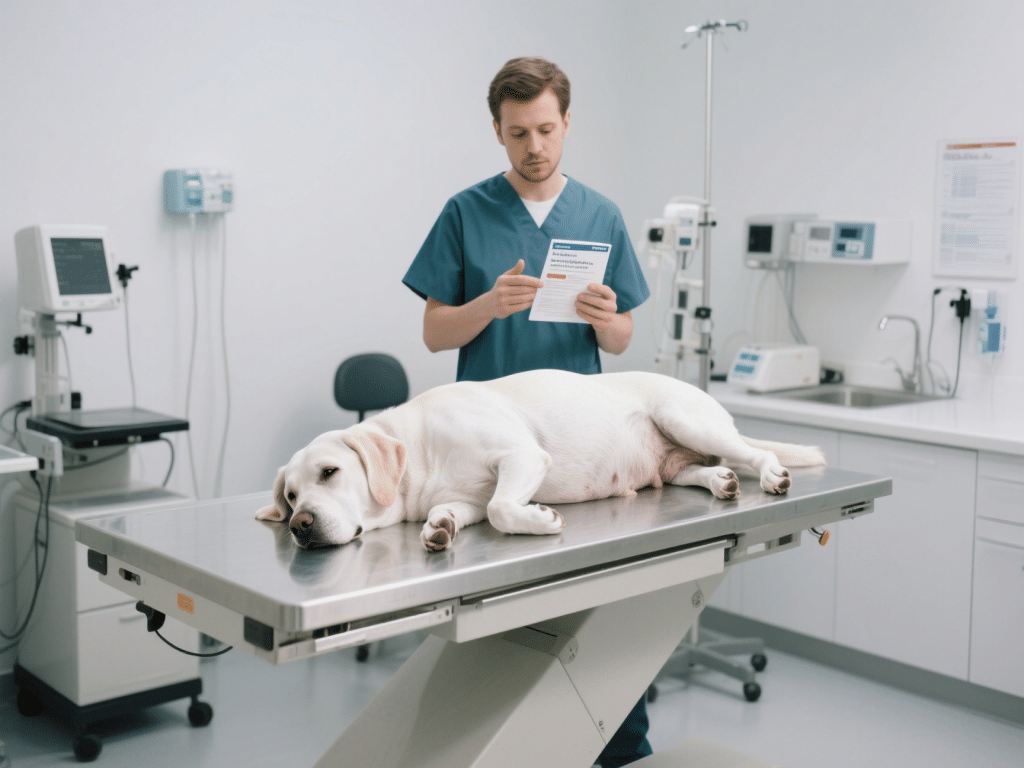
Veterinarian Tips: Deworming Pregnant Dogs Safely
IntroductionDeworming pregnant dogs is essential to protect the dam and her puppies from congenital ...
Read More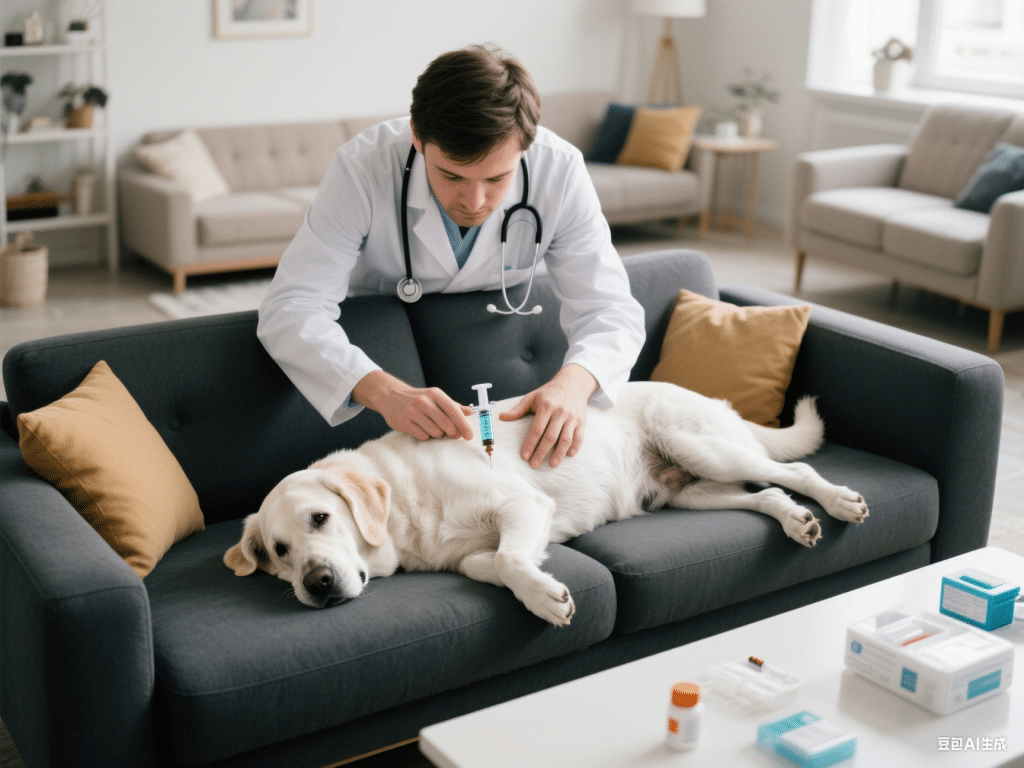
Understanding Deworming Requirements for Senior Dogs
IntroductionSenior dogs (7 years and older, breed-dependent) may have altered metabolism, compromise...
Read More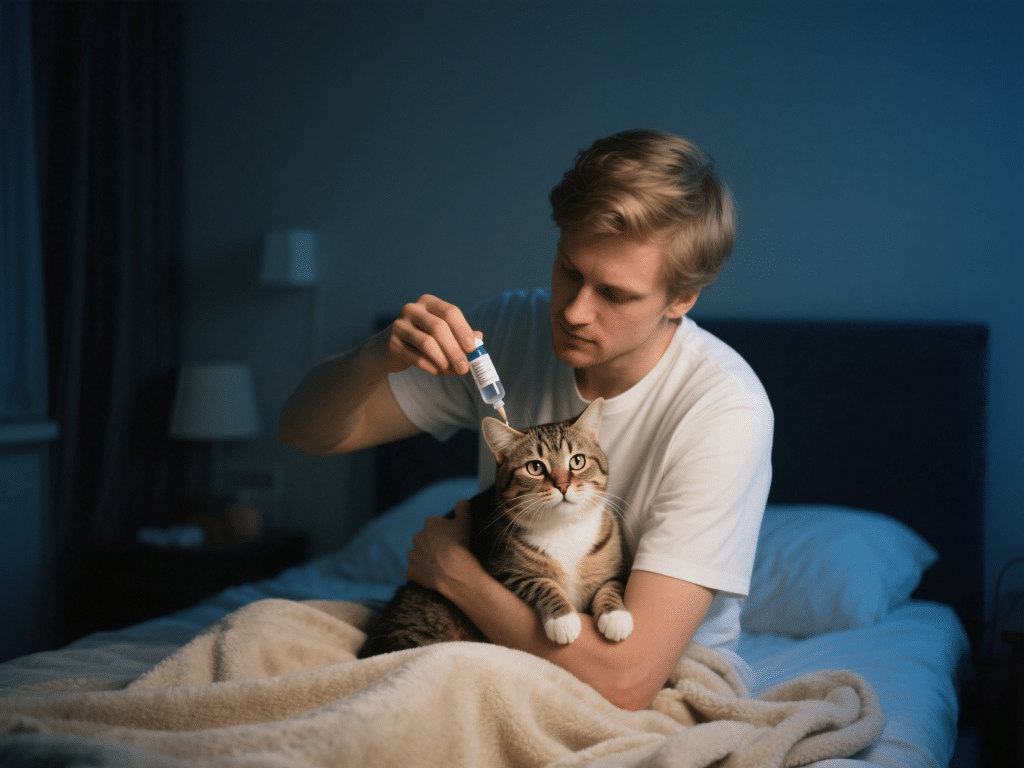
Step-by-Step: Administering Dewormer to a Nervous Cat
IntroductionAdministering oral medication to a nervous cat can be challenging. Stress can compromise...
Read More
Can a Cat Go Outside After Deworming? Recovery and Risk Guide
Can a Cat Go Outside After Deworming? Recovery and Risk GuideDeworming is vital for your cat’s hea...
Read More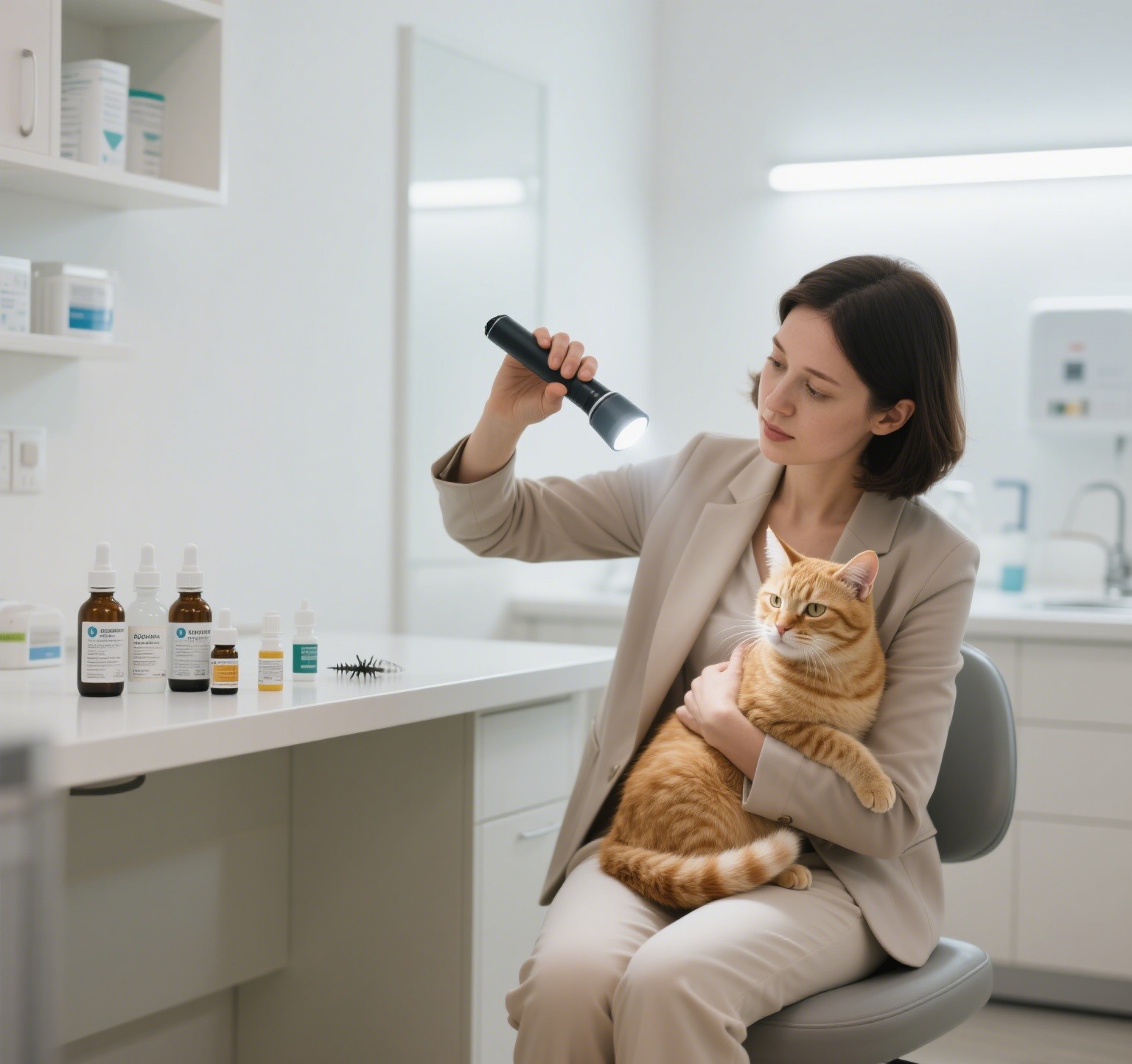
Ear Mites in Cats: Signs, Treatments, and the Best External Deworming Options
Ear Mites in Cats: Signs, Treatments, and the Best External Deworming OptionsEar mites (Otodectes cy...
Read More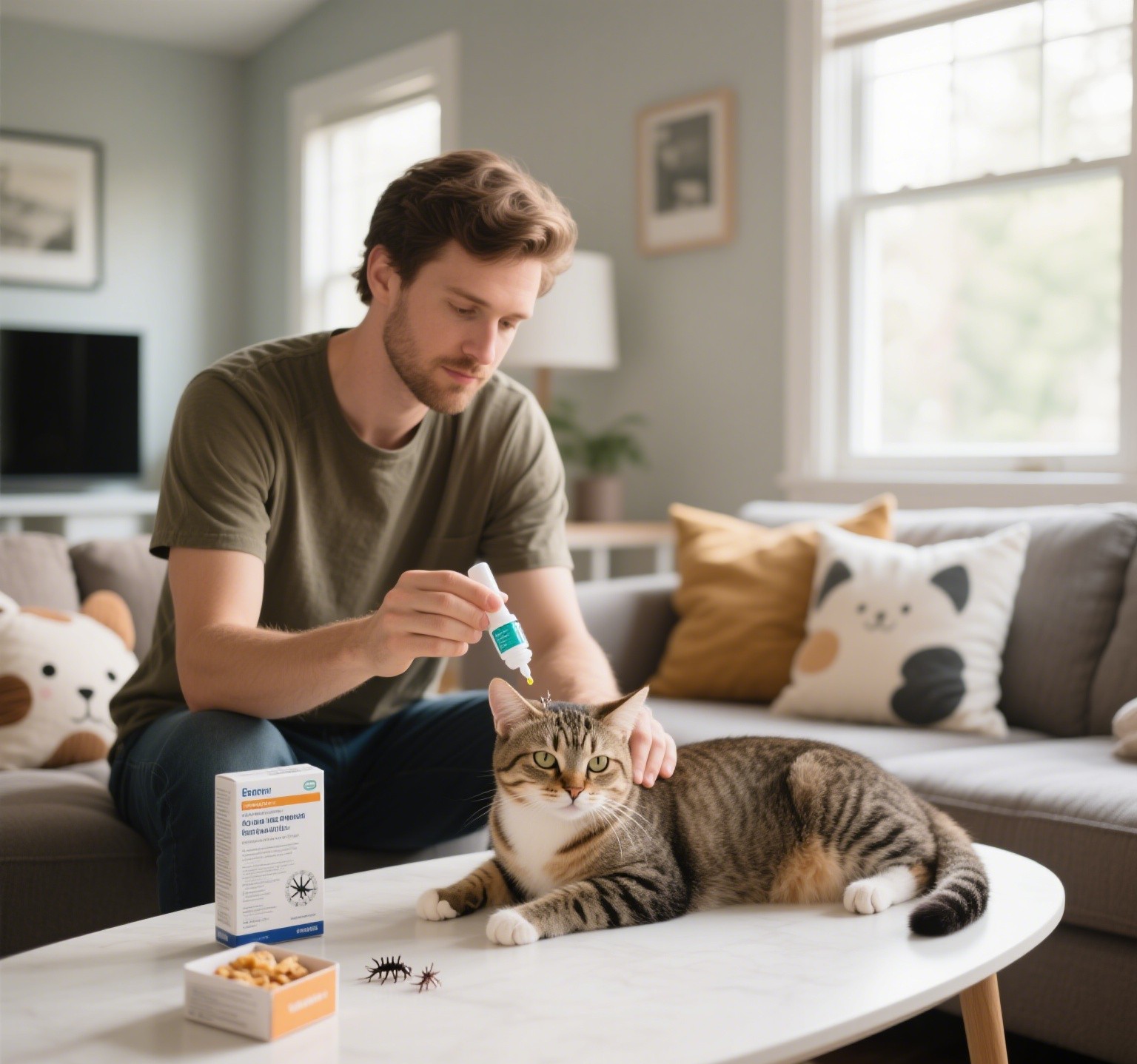
How to Deworm Cats for Fleas: A Step-by-Step External Parasite Guide
How to Deworm Cats for Fleas: A Step-by-Step External Parasite GuideFleas are more than just a nuisa...
Read More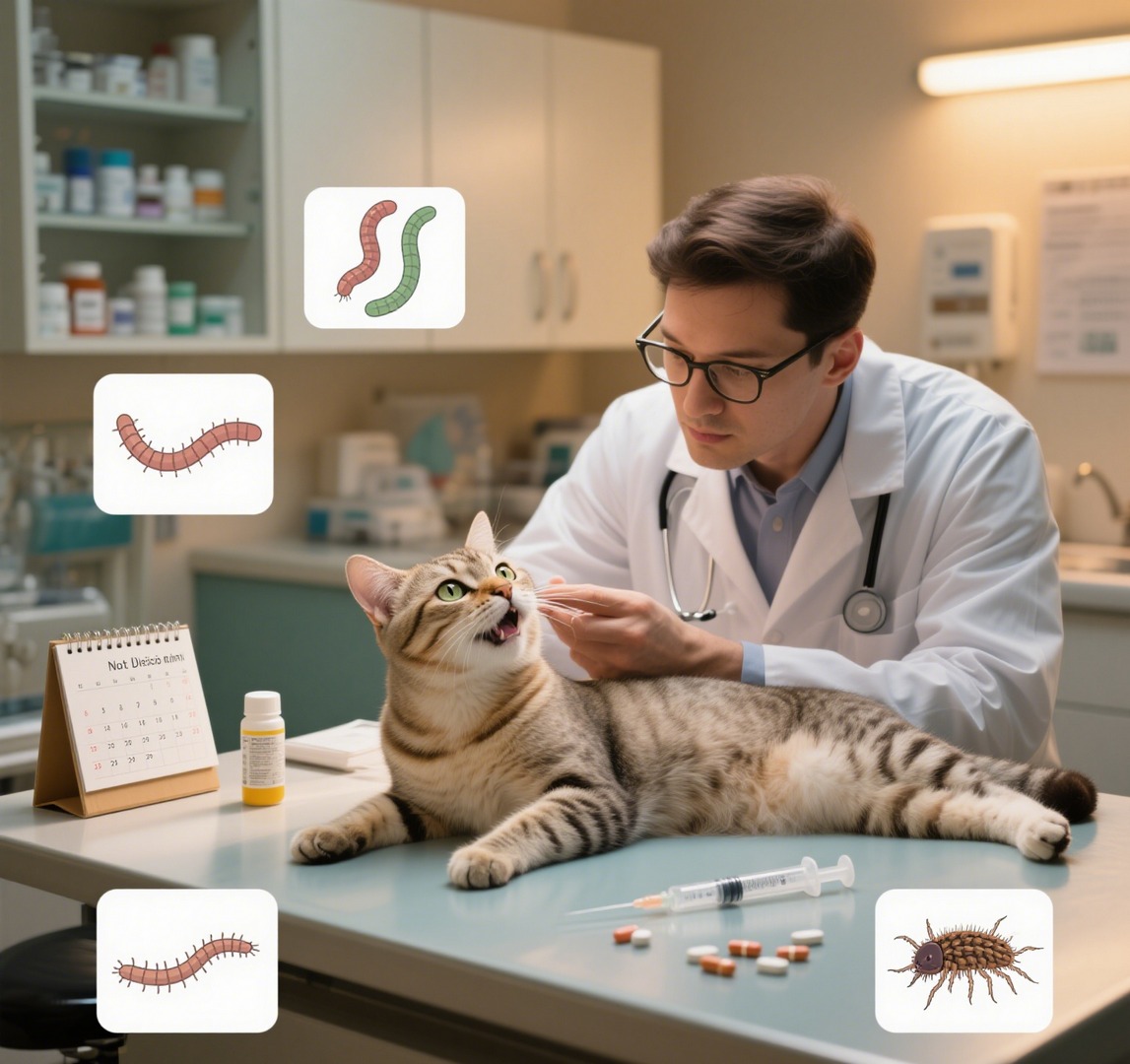
Why Cats Require Regular Deworming: Understanding Internal and External Parasites
1.1 Internal Parasites• Ascarids (Roundworms): The most common intestinal parasites, often causing...
Read More